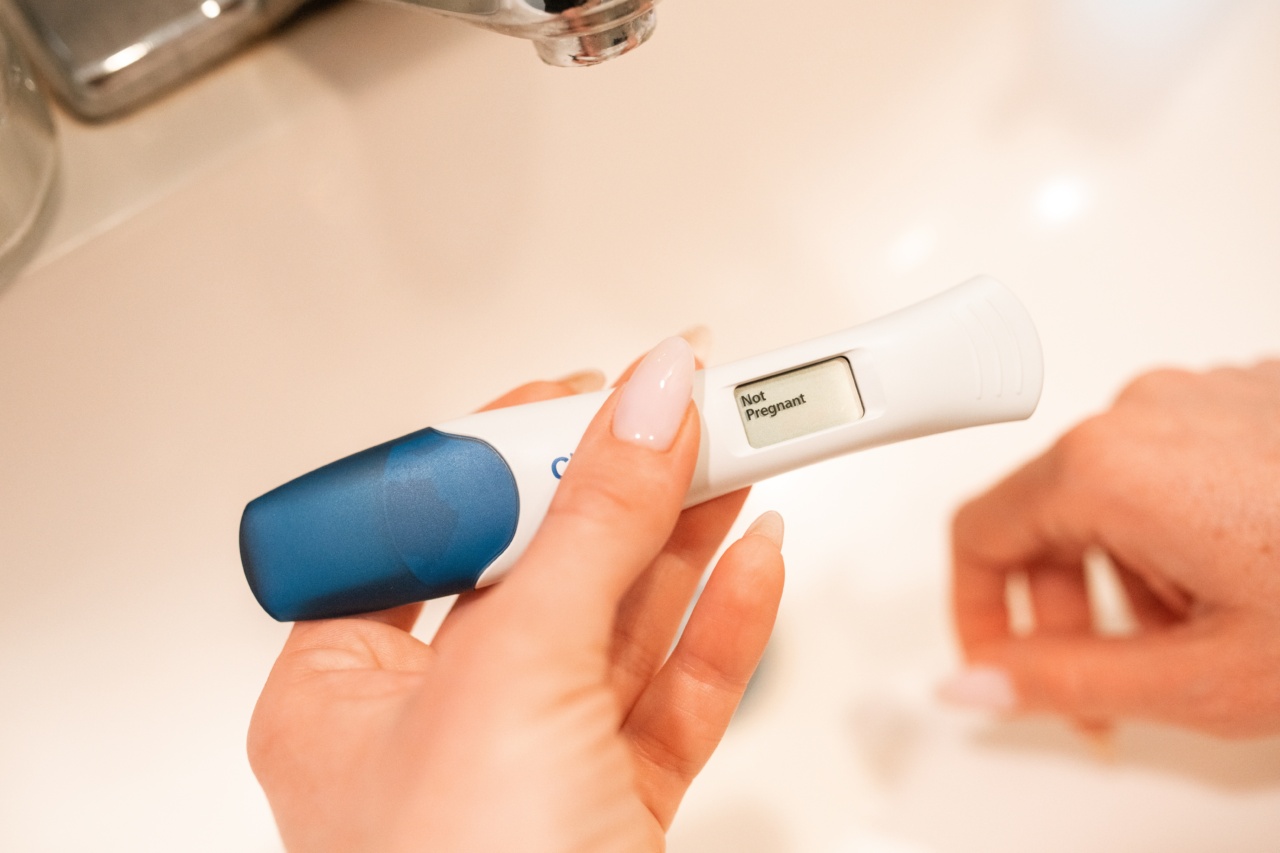Body Mass Index (BMI) is a measure that assesses an individual’s body weight in relation to their height. Blood pressure, on the other hand, is the force of blood pushing against the walls of arteries as the heart pumps blood.
Both BMI and blood pressure play an essential role in an individual’s overall health. Researchers have studied the relationship between BMI and blood pressure as both factors are significant determinants of cardiovascular diseases and related complications such as hypertension.
What is BMI?
BMI is a tool used to evaluate an individual’s body weight status. It is calculated by dividing an individual’s weight (in kilograms) by the square of their height (in meters).
According to the World Health Organization (WHO), the BMI cutoffs for adults are:.
- Underweight: BMI less than 18.5
- Normal weight: BMI 18.5 to 24.9
- Overweight: BMI 25.0 to 29.9
- Obese: BMI 30.0 or higher
What is Blood Pressure?
Blood pressure measure is the force of blood against the walls of arteries. It is measured using two numbers- the systolic and diastolic pressures.
Systolic pressure is the top number and measures the force of blood exerted on artery walls during heartbeats. Diastolic pressure is the bottom number and measures the force of blood on artery during relaxation between heartbeats. Blood pressure is classified as:.
- Normal: Systolic blood pressure less than 120 mmHg and diastolic blood pressure less than 80 mmHg
- Elevated: Systolic blood pressure between 120 – 129 mmHg and diastolic blood pressure less than 80 mmHg
- Hypertension stage 1: Systolic blood pressure between 130 – 139 mmHg and diastolic blood pressure between 80 – 89 mmHg
- Hypertension stage 2: Systolic blood pressure 140 mmHg or higher and diastolic blood pressure 90 mmHg or higher
Correlation between BMI and Blood Pressure
Several studies have shown that there is a significant correlation between BMI and blood pressure. The higher the BMI, the higher the risk of developing hypertension.
This correlation is significant in both men and women, and it is observed across all age groups. The higher the BMI, the more likely an individual is to have elevated blood pressure that can lead to cardiovascular complications.
Studies have also shown that increased abdominal fat (visceral fat) is associated with higher blood pressure. Visceral fat causes the release of hormones and inflammatory substances, which can damage blood vessels and increase blood pressure.
People with a high waist circumference are at an increased risk of developing hypertension, even if their BMI is in the normal range. Therefore, it is crucial to measure both BMI and waist circumference when assessing an individual’s risk for hypertension.
How to Manage Blood Pressure and BMI
The management of blood pressure and BMI require lifestyle modifications, which include:.
- A healthy and balanced diet that includes fruits, vegetables, lean protein, whole grains, and healthy fats
- Regular exercise and physical activity
- Maintaining a healthy weight through a calorie-controlled diet and regular exercise
- Avoiding smoking and excessive alcohol consumption
- Managing stress through relaxation techniques such as yoga and meditation
If lifestyle modifications are not effective in managing blood pressure, medications may be prescribed by a healthcare professional.
Conclusion
In conclusion, BMI and blood pressure play a significant role in an individual’s overall health.
Studies have confirmed that there is a strong relationship between these two factors, and the higher the BMI, the more likely an individual is to have elevated blood pressure. Increased abdominal fat, which is associated with a high BMI, is also a significant risk factor for hypertension.
Therefore, it’s essential to track these two factors regularly and make lifestyle changes to prevent the development of hypertension and other cardiovascular complications.































